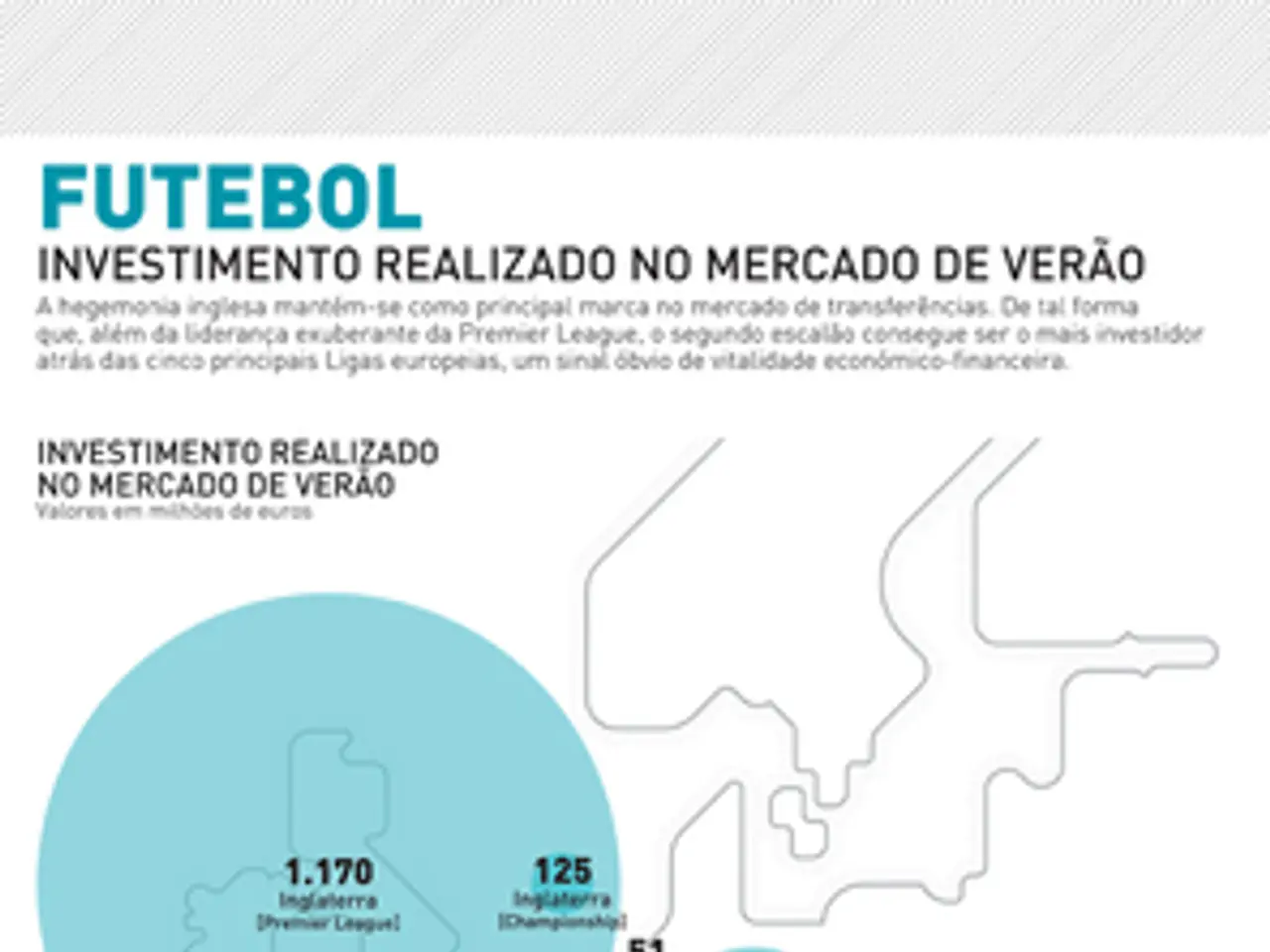Kazakhstan Announces Growth in Industrial Sector, Completes 47 Projects
Kazakhstan's Economy Thrives in 2025
Kazakhstan's economy is experiencing a significant surge in growth this year, with projections indicating a GDP growth between 5% and 6.2%. This robust expansion is primarily driven by expansions in the industrial sector, oil and gas production, energy, and major investment projects.
In the oil and gas sector, the country has benefited from an accelerated production expansion at the Tengiz oil field. This early launch, aligned with OPEC+ production quota increases, has been a key driver of mining and overall economic growth and has supported rising export volumes.
The energy sector's growth is closely tied to these developments, with infrastructure and investment projects contributing to expansions in transport logistics and construction, which are rising by double-digit percentages. Increased tax revenues from growing extractive sectors have enabled the government to channel more investment into capital projects and social sectors.
The industrial sector has also seen notable growth, with production increasing by 6.5% to 28.9 trillion tenge (approximately US$53.1 billion) in the first half of the year. The manufacturing sector accounted for 13.7 trillion tenge (approximately US$25.1 billion) in the industrial sector, marking a 5.5% increase from the previous year. Notable growth was achieved in mechanical engineering (+11.1%), the chemical industry (+7%), production of building materials (+8.6%), and food products (+10%).
Electricity generation rose 3.3% to 62.2 billion kilowatt-hours this year, and petrochemical output reached 380,000 tons, marking a 12.7% increase from last year. The oil and gas sector produced 7.6 million tons of oil products this year, and Kazakhstan plans to add nearly 6,700 MW of new generation capacity by 2028. The oil and gas sector aims to deliver 62 billion cubic meters of gas by year-end.
Kazakhstan's industrial growth has also spurred development in other sectors. The manufacturing sector contributed 12.4% to Kazakhstan's GDP in the first half of the year. The Taldykorgan-Usharal main gas pipeline, spanning 302 kilometers, is set to launch in September and will supply over 60 settlements. Kazakhstan plans to purchase 175 new passenger carriages by the end of the year.
The Asian Development Bank (ADB) and Eurasian Fund for Stabilization and Development (EFSD) both forecast GDP growth around 5-5.1% for 2025, with expectations of a gradual slowdown to mid-4% in subsequent years. However, inflation is a concern, with projections around 10.9-11.3% in 2025, prompting tight monetary policies such as high base interest rates and increased reserve requirements to slow consumer demand and credit growth. Currency depreciation is also anticipated, which could affect costs within the energy and industrial sectors.
Despite these challenges, Kazakhstan has implemented 47 projects worth 196 billion tenge (US$360.4 million) this year, creating over 3,000 jobs. The national digital investment platform currently hosts 1,106 projects worth more than 77 trillion tenge (US$141.5 billion). Large-scale investment and infrastructure programs, often involving government participation, are also expected to stimulate non-resource sectors such as manufacturing and trade.
The transport sector has also seen significant growth, with a 22.7% increase in the first half of the year. The manufacturing sector's contribution to Kazakhstan's GDP is a testament to the sector's vital role in the country's economic growth. The construction sector has also experienced a 18.4% increase, further demonstrating the country's economic momentum.
In conclusion, Kazakhstan's recent economic developments feature rapid growth propelled by oil and gas production expansion, especially at Tengiz, industrial and energy sector improvements, substantial government-supported investment projects, and strong performance in transport, manufacturing, and construction sectors, albeit with inflationary pressures and financial tightening measures.
- The industrial growth in Kazakhstan, highlighted by robust expansion in the manufacturing sector, has led to significant investment in non-resource sectors such as finance and trade.
- The energy sector's growth, facilitated by infrastructure and investment projects, has also extended to the business sector, with rising export volumes and increased tax revenues supporting capital projects and social sectors.




